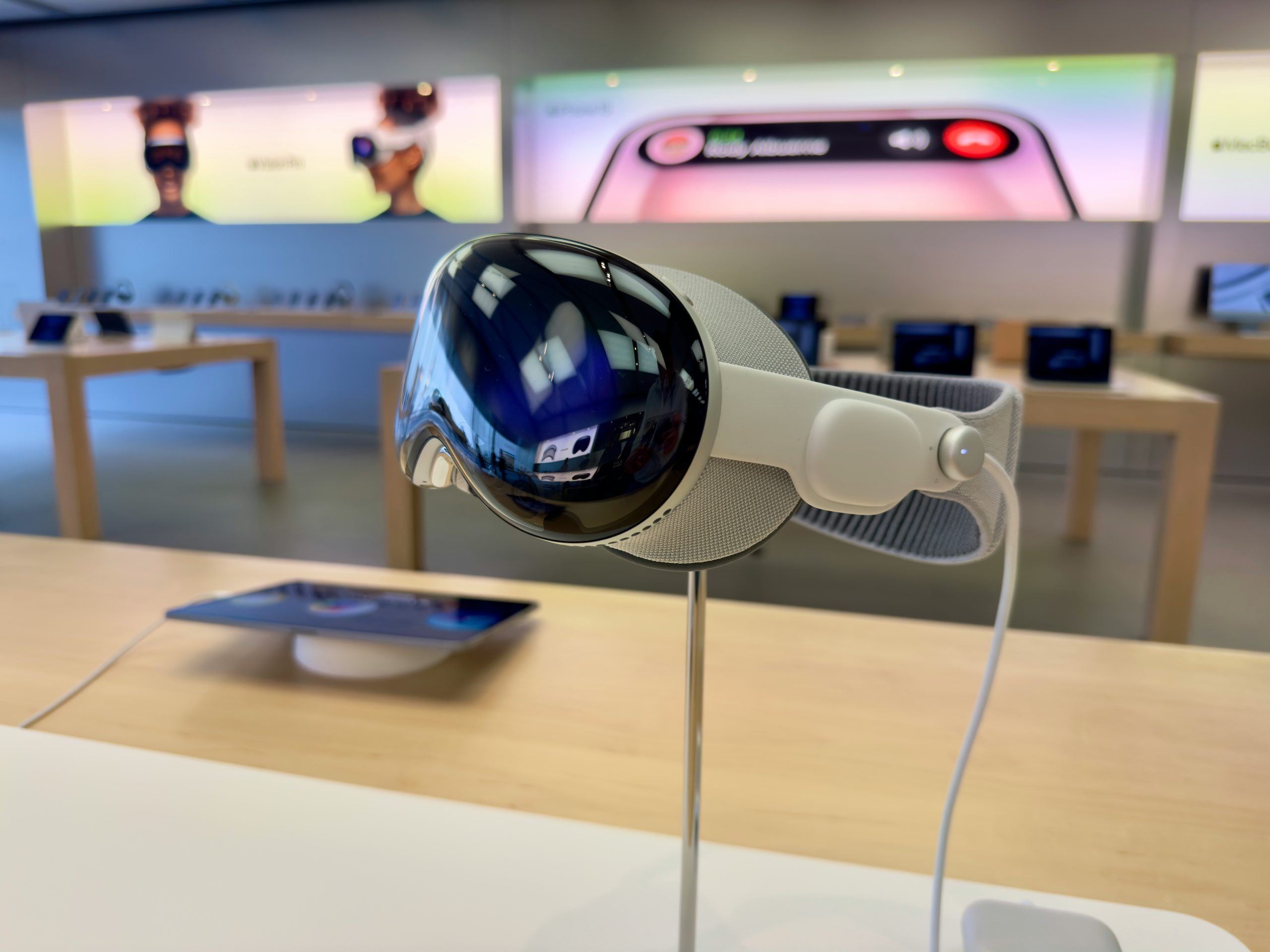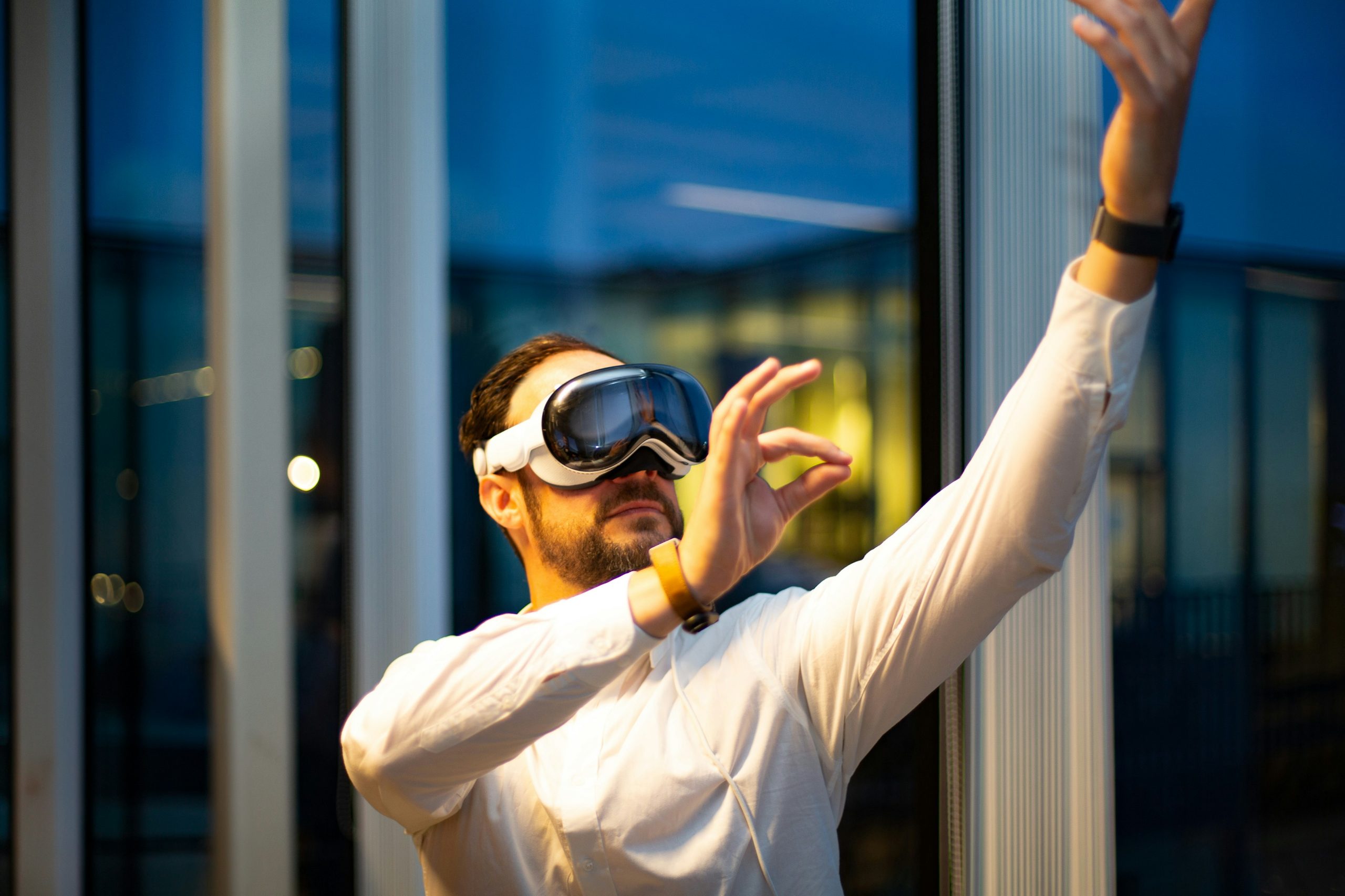The introduction of Apple Vision Pro into CAE’s pilot training program is a significant step forward in modernizing how pilots are trained. CAE, a global leader in aviation training, has consistently adopted cutting-edge technologies, but integrating Apple’s powerful mixed-reality headset takes this to a whole new level. The Vision Pro’s ability to provide lifelike 3D visuals and interactive environments will help future pilots develop their skills in ways previously only imagined.
This partnership aligns with Apple’s broader push into the professional market through Vision Pro and shows how the technology can extend beyond entertainment and consumer use cases to more practical, business-focused applications.

The Role of Mixed Reality in Pilot Training
In the world of aviation, pilot training has always required high levels of realism and precision. Flight simulators have been used extensively to replicate real-world flying conditions, allowing pilots to train without the need to be in an actual aircraft. The introduction of Apple Vision Pro further enhances this by adding an additional layer of immersion through mixed reality.
Mixed reality allows trainees to interact with a digital cockpit overlaid in a real-world environment, combining physical controls with digital interfaces. This means pilots can practice essential maneuvers, interact with realistic 3D simulations, and even experience emergency scenarios within a fully controlled virtual setting.
For instance, the Vision Pro headset can simulate various weather conditions, navigation challenges, and real-time aircraft diagnostics that pilots would typically encounter mid-flight. These simulations offer not just visual feedback, but also tactile experiences, providing a truly immersive training environment that can reduce the reliance on traditional simulators.
Key Features of Apple Vision Pro in Aviation Training
1. Immersive 3D Environments
The Apple Vision Pro headset provides ultra-realistic, high-definition 3D environments that mimic the cockpit of an aircraft, giving pilots the ability to familiarize themselves with complex systems before stepping into a real plane. This is crucial for pilots learning new aircraft models or dealing with unique situations they might not frequently encounter during live flights.
2. Real-Time Scenario Simulations
With the Vision Pro, pilots can experience real-time flight scenarios. Whether it’s turbulence, crosswinds, or instrument malfunctions, the technology allows trainers to simulate these events, testing pilots’ decision-making and reaction skills under pressure. The interactive environment can react to the pilot’s decisions, offering immediate feedback on their performance.
3. Enhanced Collaboration and Training Feedback
Another exciting feature is the ability for instructors and trainees to work together more effectively. With Apple’s Vision Pro, instructors can monitor a pilot’s progress and interact with the simulation in real time. Trainers can pause, rewind, or manipulate the environment, providing targeted feedback or guiding the trainee through difficult maneuvers.
The device also integrates with Apple’s other technologies, allowing for multi-device collaboration. For instance, flight instructors can use an iPad to alter scenarios or monitor a trainee’s performance metrics through the Health app and Fitness app tracking stress and cognitive load during simulation sessions.
Benefits to the Aviation Industry
1. Cost-Effective and Scalable Training Solutions
Traditional flight simulators are expensive to purchase and maintain. The Vision Pro, while still an advanced piece of technology, offers a far more cost-effective solution. Pilots can train in virtual environments without the need for costly physical simulators or extensive infrastructure, making it more accessible for smaller aviation schools or companies with limited budgets.
2. Flexibility in Training
The mobility and compact design of the Vision Pro headset means that pilots can train from virtually anywhere. This flexibility is a game-changer for aviation training, allowing trainees to practice in immersive environments without being tethered to large simulators.
3. Improved Training Outcomes
Research shows that immersive learning environments improve knowledge retention and performance. By offering pilots a more engaging and realistic way to learn, Apple Vision Pro can help aviation professionals retain crucial information and perfect their skills faster than through traditional methods.
The Future of Aviation Training with Vision Pro
The introduction of Apple Vision Pro into CAE’s pilot training solutions signals a broader shift in how professional training will be conducted in the future. As mixed reality technologies become more sophisticated, it is likely that other sectors—beyond aviation—will also adopt these immersive training methods.
Furthermore, the Vision Pro could see future updates that add augmented reality (AR) elements, such as real-time integration with live flights, enabling pilots to overlay real-world data into their training simulations. Apple’s focus on spatial computing could also enable group training sessions, where multiple trainees interact with a shared simulation environment, adding another dimension to collaborative learning.
What are your thoughts on this news? Let us know and check back for more!







